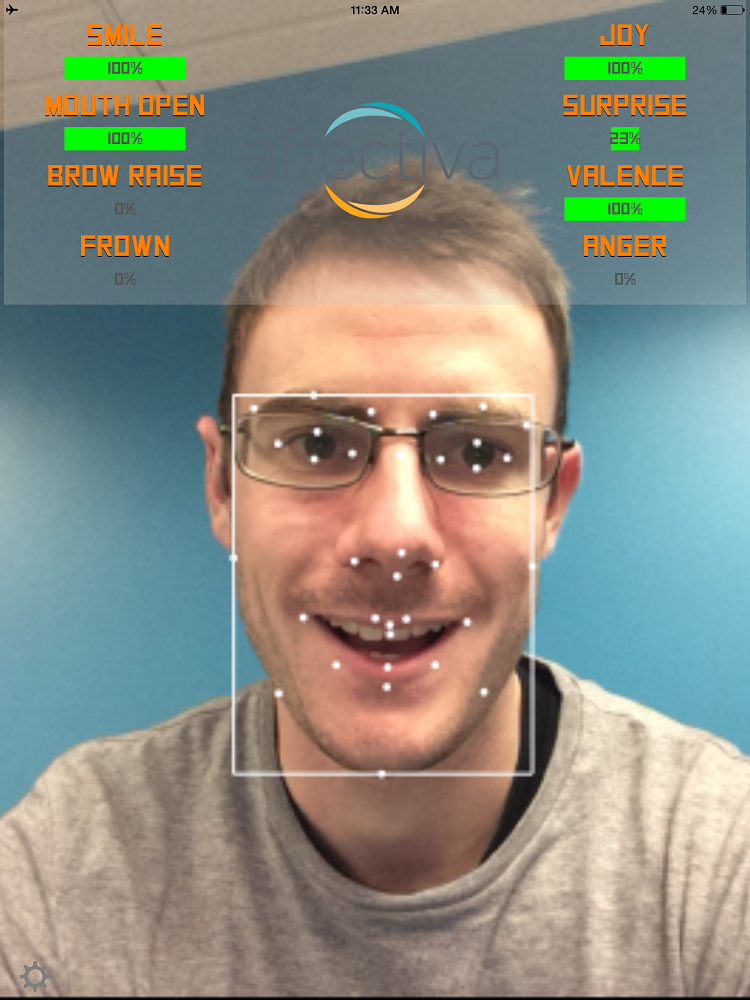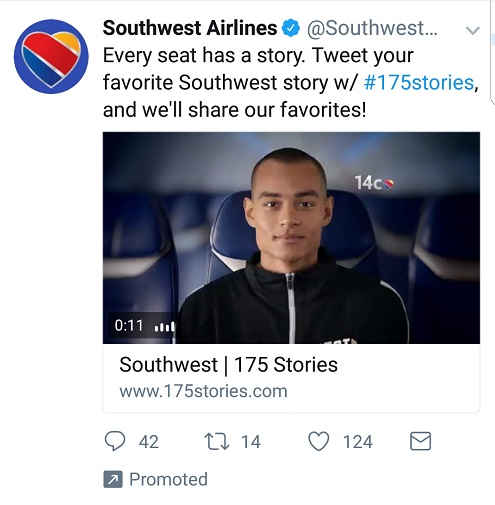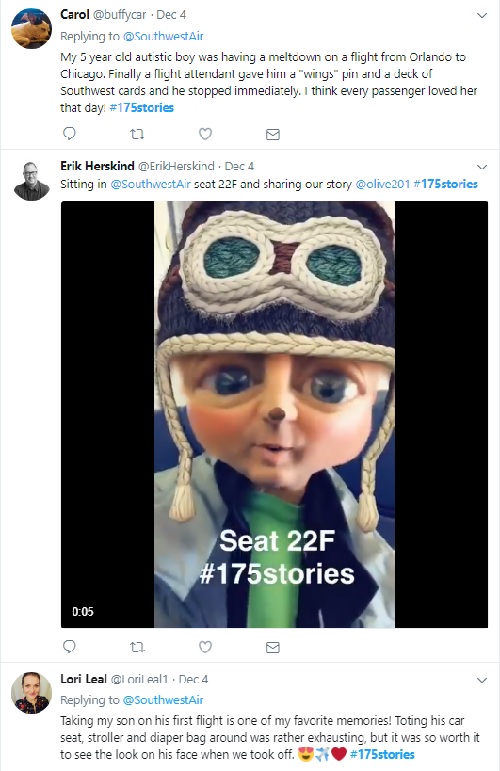The trade show industry took a major hit with the advent of the Internet, and the 2002 recession was the final straw for some. COMDEX, the huge computer industry show that started in 1979, folded after the 2003 show.
The 2008-9 recession was another hit, but through 2016 the industry has had six years of growth since then.
And while COMDEX is gone, Salesforce’s Dreamforce alone draws over 170,000 people. The annual Mobile World Congress in Barcelona is attended by over 100,000 people. A dozen other U.S. shows cover more than 1 million square feet of space annually.
Trade shows draw a very industry-specific audience and can help a company…
• Build its brand by its mere presence
• Present (often with customers) to a relevant industry audience
• Give sales people and executives a venue to meet with customers and prospects
• Gain leads
Some tactics:
• Before the show sales people and executives should schedule as many in person meetings with customers and prospects as possible
• Email or mail attendees an offer before the show if you can get the list, otherwise use a list you built last year. Promote the offer prominently on social media and perhaps targeted ads, as well as your booth.
• Be active on the event’s social media conversation using its hashtag; use that to respond to posts from others and inform people of offers and your sessions (there were one million uses of the Consumer Electronics Show #CES2017 and @CES this year)
• Consider state-of-the-art exhibit techniques like AR and VR to wow people at your booth.
• Be sure to follow up promptly after the show to all new leads.
Of course your tactics and approach will vary depending on your goals.
Sales people tend to love trade shows, and companies can over-invest in them. After all, for a small company it can easily cost over $10,000 all-in to exhibit and travel, and during the show your people there are 95% unavailable for anything else. Bigger companies spend hundreds of thousands of dollars, if not millions, at a major show.
At my former agency for one show we arranged a discount in exchange for promotion with a bike store to give away a $2,000 bike (or the equivalent, like two $1,000 bikes). When I wheeled the bike into the exhibition hall I heard a person say, “No THAT’S a giveaway.”. The entry form was detailed and we had people lined up to fill it out. We got many good leads from that.
On the other hand I had one client who found that search ads were so much more effective for lead generation that they cut shows they exhibited at from 29 to 4.
Meeting people in person is still tremendously valuable and effective but don’t overdo it. Treat trade shows like any other channel. Integrate them with your other programs and use them to the degree that they’re effective for you.




